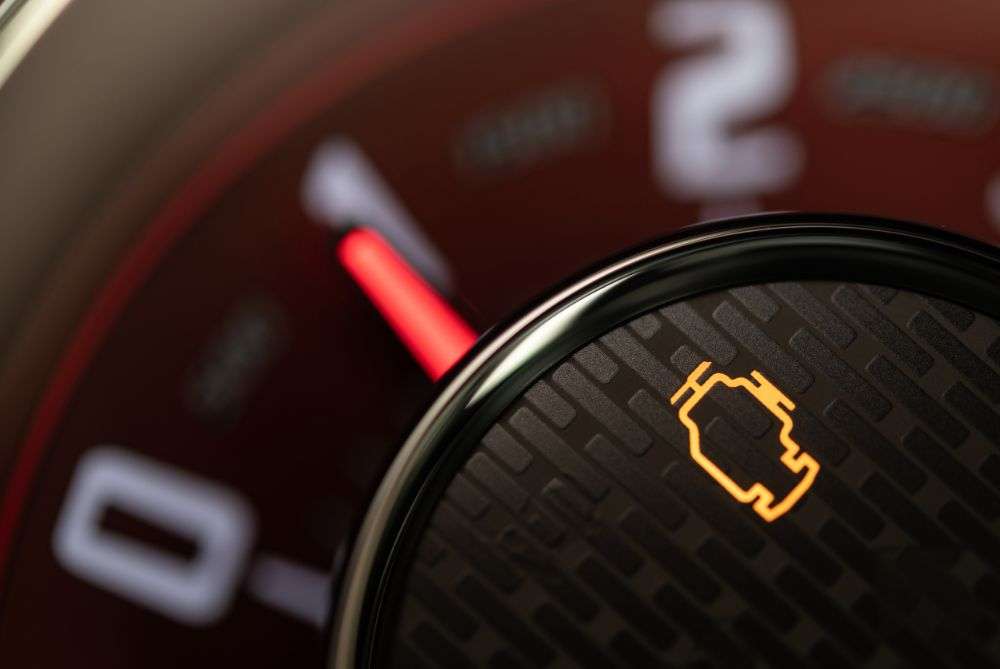Introduction: Understanding the Flashing Check Engine Light
A flashing check engine light (CEL) is your vehicle’s SOS signal. Unlike a steady glow, a flashing CEL indicates severe issues that risk immediate damage to your engine or emissions system. Ignoring it could lead to catastrophic failures, including a melted catalytic converter or engine misfires. This article dives into why your light is flashing, critical fixes, and how to protect your vehicle.
Why Is the Check Engine Light Flashing?
A flashing CEL typically points to active misfires, unburned fuel in the exhaust, or faulty emissions components. These issues can overheat the catalytic converter, causing irreversible damage. Common triggers include:
- Ignition system failures (spark plugs, coils)
- Fuel delivery problems (clogged injectors, pump issues)
- Faulty sensors (oxygen sensors, mass airflow sensors)
- Exhaust system leaks (cracked manifolds, damaged catalytic converter)
Immediate Actions to Take
- Reduce Speed and Load: Avoid accelerating or hauling heavy loads.
- Stop Driving If Possible: Pull over safely to prevent further damage.
- Diagnose the Code: Use an OBD-II scanner to retrieve trouble codes (e.g., P0300 for random misfires).
Common Causes and Critical Fixes
1. Ignition System Failures
- Faulty Spark Plugs: Replace worn plugs to restore combustion.
- Bad Ignition Coils: Test coils with a multimeter and replace if defective.
2. Fuel System Issues
- Clogged Fuel Injectors: Clean or replace injectors to ensure proper spray patterns.
- Weak Fuel Pump: Check fuel pressure and replace the pump if below spec.
3. Emissions System Breakdown
- Faulty Oxygen Sensor: Replace sensors to maintain air-fuel balance.
- Catalytic Converter Failure: Diagnose with a temperature gun; replace if overheated.
Prevention Tips to Avoid Future Flashing Lights
- Follow your vehicle’s maintenance schedule for spark plugs, filters, and fluids.
- Use high-quality fuel and additives to clean injectors.
- Address steady CEL warnings promptly to avoid escalation.
Checklist: Emergency Steps and Maintenance
Download our free PDF checklist to keep track of critical actions:
- Immediate response to a flashing CEL.
- Diagnostic code troubleshooting.
- Replacement part guidelines.
- Post-repair verification steps.
[Download Checklist PDF Here]
FAQs: Your Questions Answered
Q1: Can I drive with a flashing check engine light?
A: No. Pull over immediately to avoid engine damage.
Q2: How much does it cost to fix a flashing CEL?
A: Repairs range from $150 (spark plugs) to $2,000+ (catalytic converter).
Q3: Will the light reset itself after fixing the issue?
A: Sometimes, but use an OBD-II scanner to clear codes manually.
Q4: Can low oil cause the light to flash?
A: Indirectly. Low oil can lead to overheating, triggering misfires.
Q5: Why did my light start flashing after refueling?
A: A loose gas cap or poor-quality fuel may trigger sensors.
Key Graphics
- Engine Misfire Visualization: Illustrates how misfires disrupt combustion.
- OBD-II Code Chart: Common codes (P0300, P0420) and their meanings.
- Catalytic Converter Heat Map: Shows temperature spikes during failure.
Google AdSense Optimization Tips
- Place ads after the introduction and between sections for high visibility.
- Use responsive anchor ads near troubleshooting steps.
- Avoid stacking ads above the checklist/FAQ sections.
Expand Your Automotive Knowledge 📝
Explore 500+ Free Expert-Curated Guides
🚗 Learn New Skills
From basic maintenance to advanced repairs — clear, actionable tutorials for every skill level.
🌍 Access Anywhere
Mobile-friendly guides with HD visuals. No downloads required.
- Guides & Tutorials
- Car Maintenance 101
- Diagnostics & Troubleshooting
- Seasonal Maintenance
- Budget-Friendly Repairs
- Electrical Systems Guide
- Car Safety & Reliability
- Tools & Product Reviews
- Routine Maintenance
- Car Modifications & Upgrades
- Buying/Selling Guides
- Eco-Friendly Car Care
- Advanced Repairs
- Car Laws & Compliance
- Emergency Repairs
- Future Car Tech


